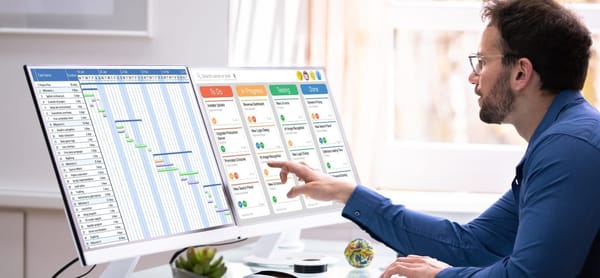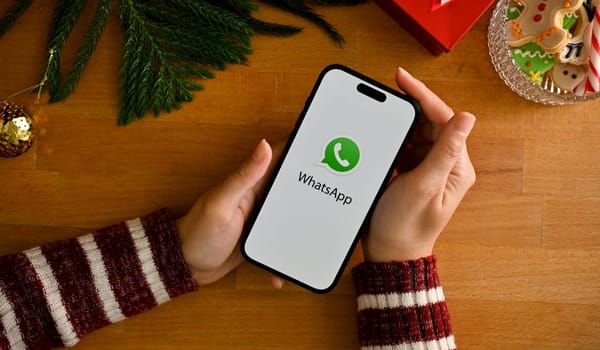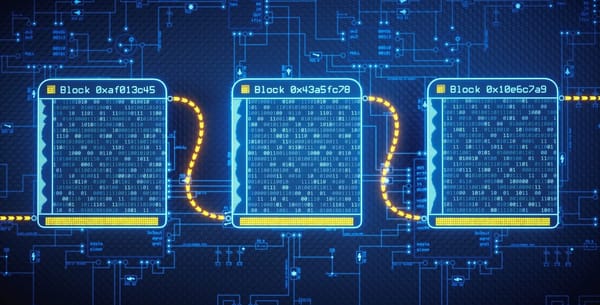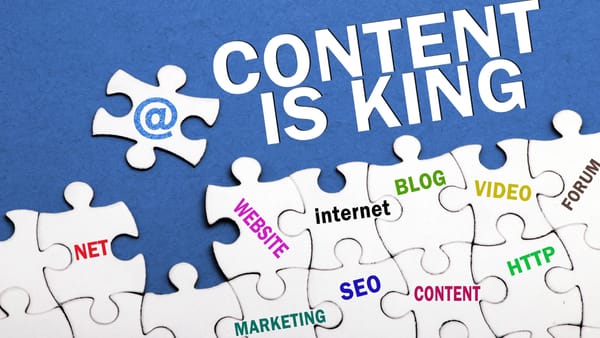Gamification in Marketing: Turning Engagement into Fun and Profit
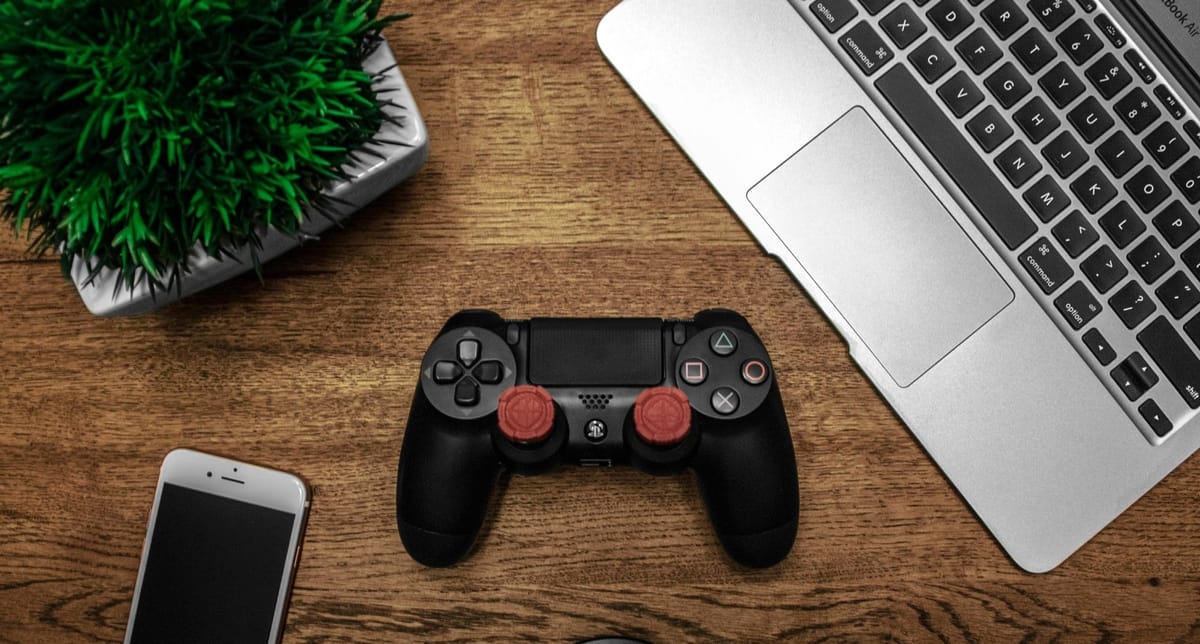
Congratulations! You Win!
It's simple and short, and the basics of marketing gamification.
Now, how many times have you seen a LAST CHANCE notification? And how many times have you ignored it, deleted it, or brushed it off? If you were to compare it to what focus and commitment games like Candy Crush and Wordle bring out in their users, you would understand the Power of Gamification!
The success of gamification in marketing is measured by how a brand leverages the power of games to impact, brand awareness, loyalty, and engagement.
What is Gamification in Marketing?
Gamification combines the thrill and excitement of a game with marketing practices to increase conversion, profitability, and brand recognition and enhance the relationship between a consumer and a brand.
As the objective is to create tasks for a customer, it can range from a simple “Spin the Wheel” to an Actual Video Game. Gamification in marketing takes various forms such as loyalty programs, pre/during/post events/games quizzes, and many more.
Being in the 21st Century, there are many examples of great and successful applications of gamification in marketing. The challenge? Finding a game that works for them and produces the intended results.
There are a few simple elements that constitute a game:
- Points: Users can collect points by playing a game, doing a certain task or making a purchase and these points can later be used to redeem discounts, freebies, etc.
- Badges: Customers are awarded badges for reaching various milestones, and help in creating a feeling of achievement for the user. For example: Using apps like Runna and other fitness tracking apps will give you badges for completing milestones such as the number of calories burned per week or number of miles run, and more.
- Levels: Companies create different tiers that customers can achieve by doing tasks or making purchases, which allows them to get better offers and discounts as their level increases. For example: Sephora’s Insider, VIB, and finally Rouge.
- Virtual Currency: Any time a customer makes a purchase, they are awarded virtual currency as cash back, which can be redeemed only at their stores. A great example of this is Canadian Tire money, which is actually virtual and physical currency that can be used for purchases.
- Leaderboard: Users are ranked based on their performance and are posted on the company's social media. This approach creates a sense of competitiveness and really gets the ball rolling between users and in turn increases the company's engagement and profit.
- Countdowns: This encourages users to complete certain tasks under a time limit, such as expiring offers/points or countdowns to avail of certain deals before they are gone.
- Progress Bar: As the name suggests it shows customers their progress when purchases are made and can progress towards a new level, a better offer/discount or more. For example, Starbucks Stars and how the more stars you collect the better item you can redeem it towards.
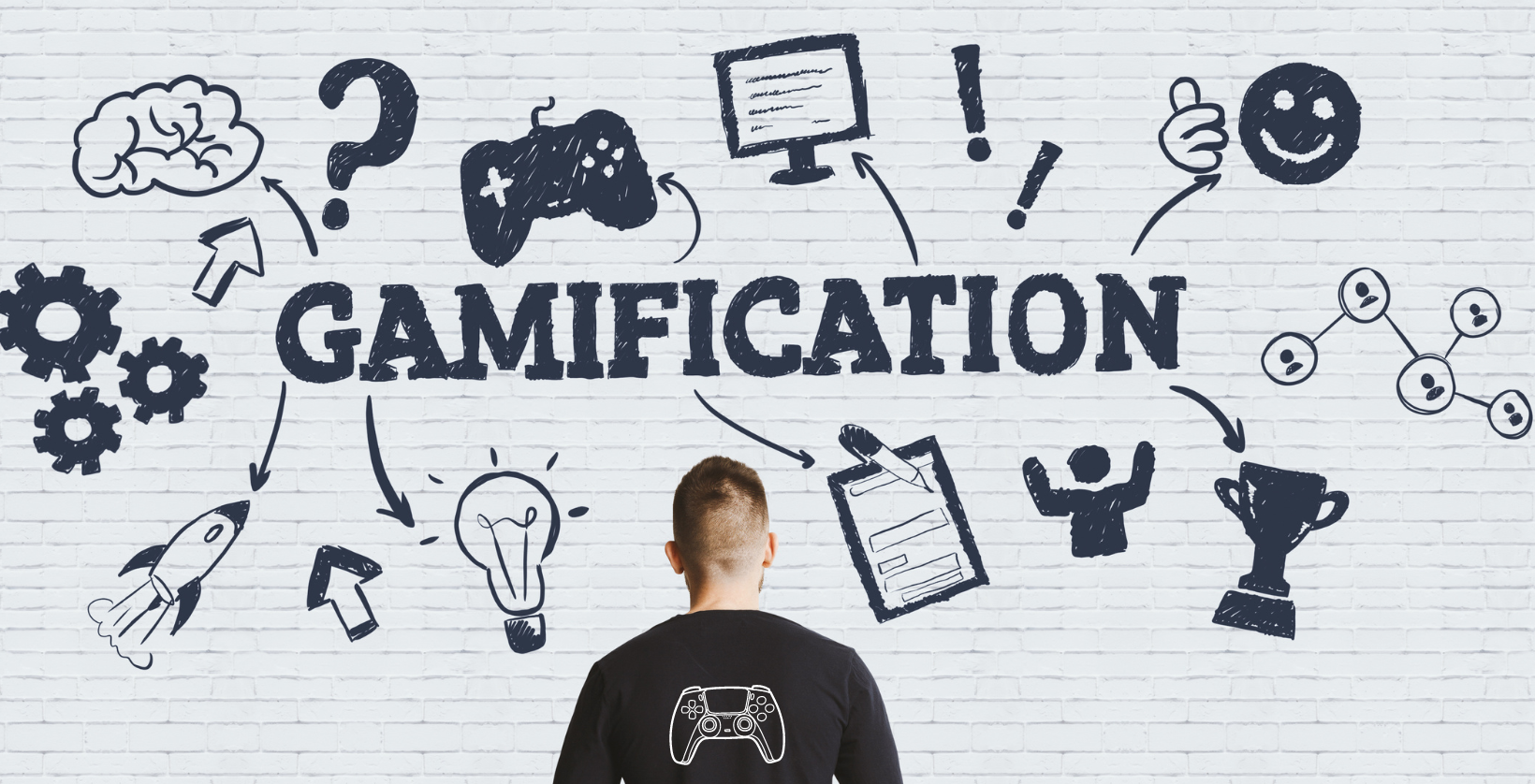
Benefits of Gamification
Improved User Engagement
As users play games and interact with the brand, they increase their engagement with the brand, its products, and its offerings. The continuous engagement with multiple touchpoints thus resulting in a higher engagement rate when compared to other campaign initiatives. This result works as the foundation of a long-lasting relationship with the brand and generates valuable customers over time.
Grows Brand Awareness and Loyalty
Customers who remember your brand for a long time are incredibly valuable. When they enjoy your game, they're likely to tell their friends about it. Brands can make the most of this by offering rewards to customers who bring in new users through referral programs. It's a win-win – more customers and happy ones at that!
Simply put, the more emotionally attached they are to your brand, the more they will spend.
Collection of User data
Collects consumer data in a way that complies with various rules and regulations such as the GDPR, CCPA, and the end of 3rd party cookies. Customers can choose to share their data in exchange to play the game. This also allows companies to look for patterns and see user behavior to understand which products are they interested in and then tailor their marketing efforts with this new data.
For example, if a user plays a game where they get to choose a pair of headphones that they would like to win, and they choose the same headphones multiple times, a company could then send them offers or discounts on those particular headphones, thus creating an opportunity for conversion.
Increases Conversions Rates
The more users play your game, the more they receive offers, discounts, and promotions, and the more likely they are to use it, resulting in an increase in conversion rates.
In addition, customers also end up engaging with other products and services of your brand and this leads to a higher lead score, which customizes their algorithm to facilitate the conversion process.
For example, a user wins 15% after winning a certain level and is now more inclined to make a purchase with your brand, even if a more competitive option is added into the mix.
Educates Users on your Product and Services
Gamification can be a fun and knowledgeable way to inform your client of your products and services, this can range from unlocking new features on a product to explaining the benefits and uses of a product.
For example, a vegan food and beverage company could introduce a game where the user has to create new recipes or burgers like the popular game “Cooking Fever” and help educate how the brand comes up with different ways to replace dairy and meat in their products.
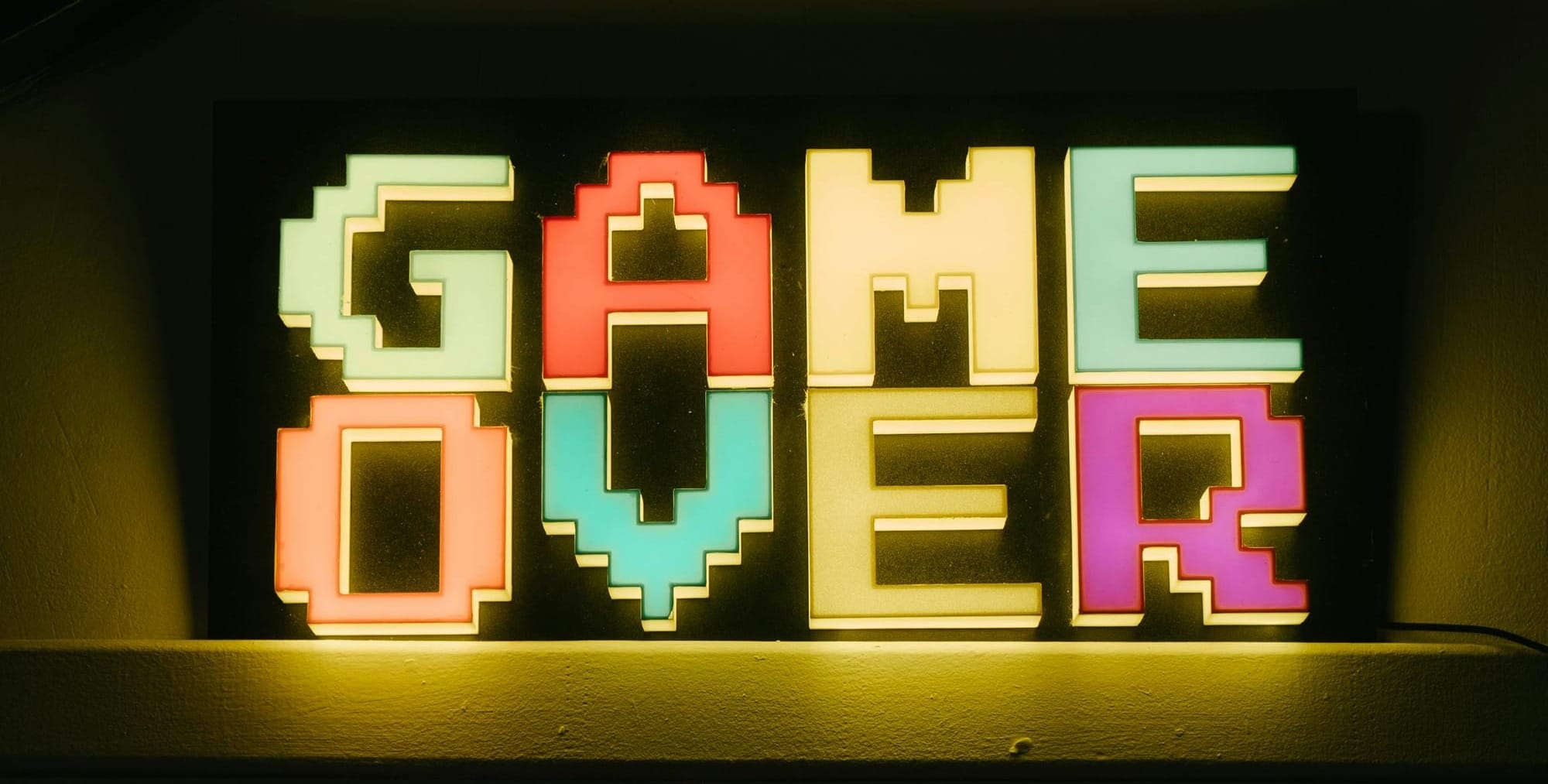
Challenges of Gamification
While gamification sounds amazing and just what your brand might need, there are certain challenges that need to be addressed before you begin.
Creativity
Creating a successful game isn't a walk in the park. Beyond the technical development, a game needs to be imaginative, captivating, and addictive to stand out. While simple games like Flappy Bird have soared in popularity, replicating their success with gamification isn't always straightforward. Basic formats like quizzes and trivia might not captivate audiences enough to make a lasting impression. That's why it's crucial to seek guidance from a creative agency. They can assist in strategizing, conceptualizing, and executing a game plan that resonates with your audience and achieves success.
Which brings us to our next challenge,
Time and Money
Creating a game is a time-consuming and costly endeavor. From designing and animating characters to crafting sound effects and features, every element needs to be developed from the ground up. While this meticulous process may be lengthy, it also comes with significant financial investment.
Gamification Marketing Examples that have been very successful
Starbucks Rewards

Wordle Streak Count
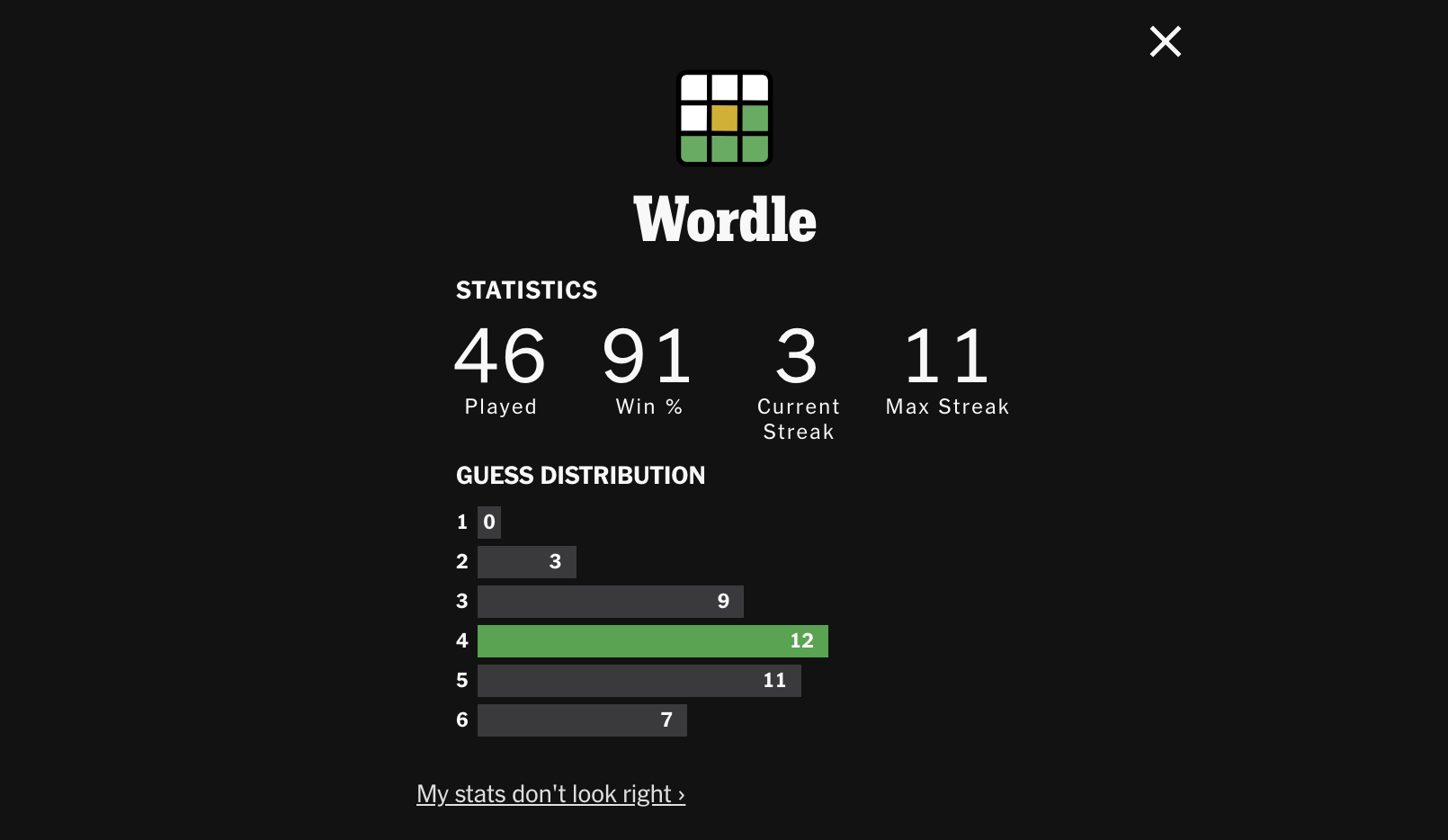
Toronto Raptors Gametime Quiz
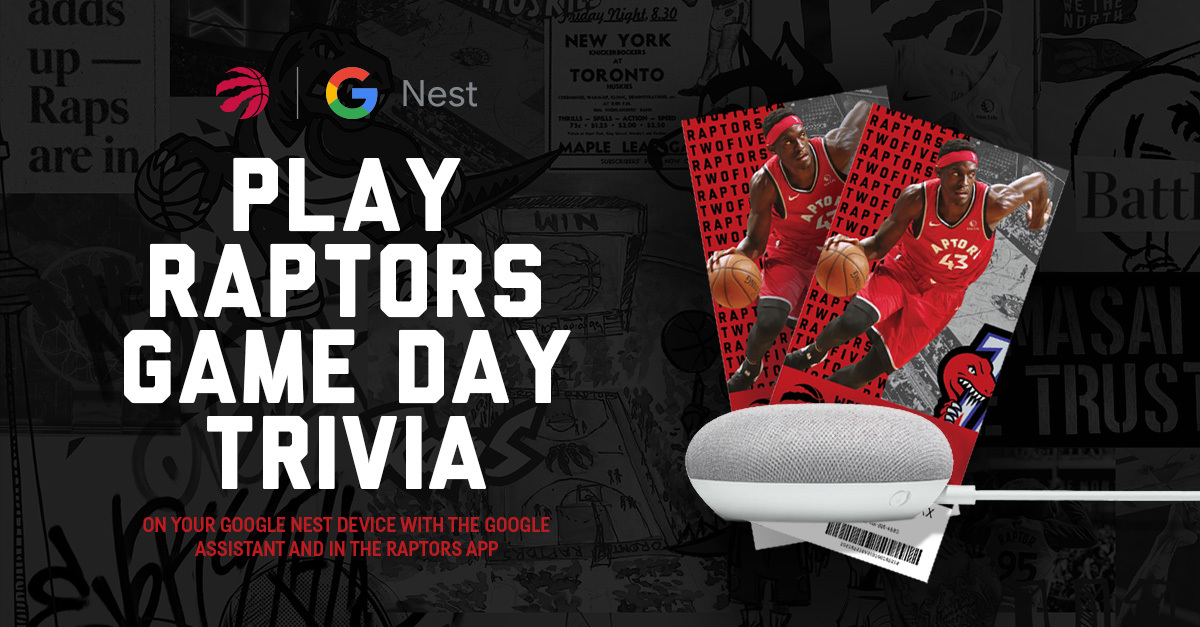
Tim Horton Roll-up Physical Cup + Digital
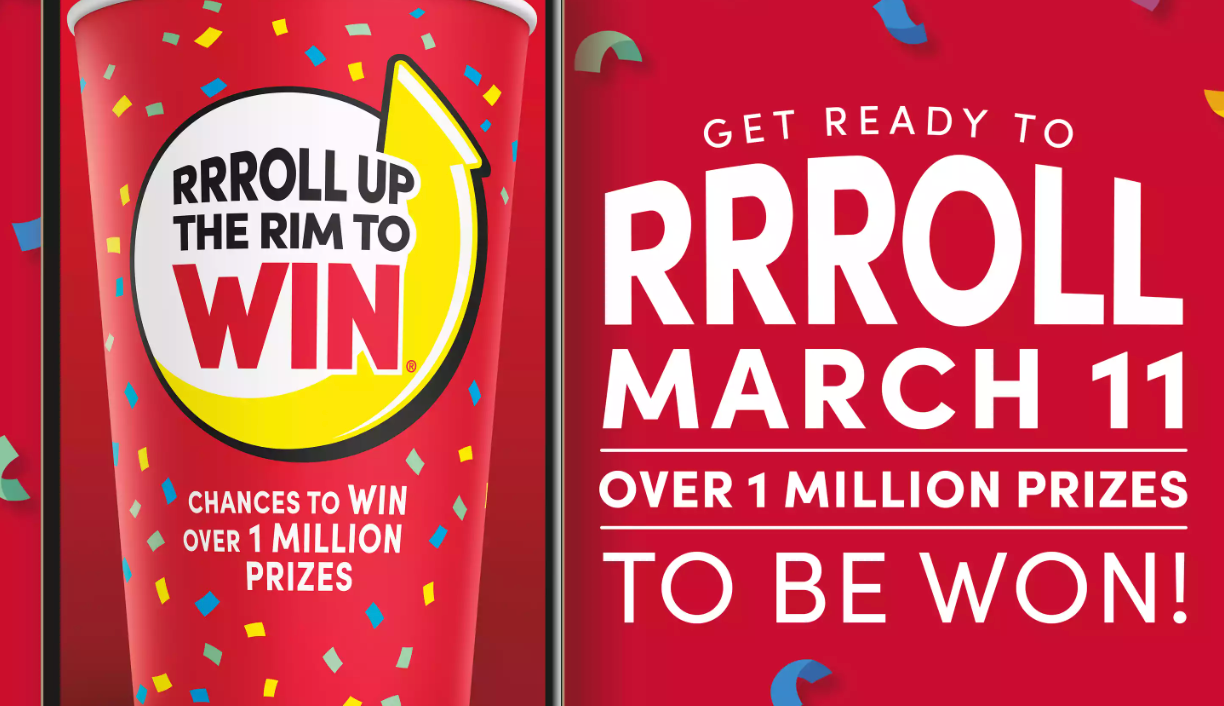
Canadian Tire Money

Gamification definitely has amazing benefits and is needed to take your marketing and customer engagement to a whole new level!
Yes, I know, there are some challenges when it comes to creating a game.
But hey, Rome wasn't built in a day, and neither was Candy Crush. So roll up your sleeves, unleash your inner game designer, and let's turn your marketing strategy into a winning game plan!
And as always, Stay tuned and subscribe to stay updated with the ever-changing landscape of Marketing!

